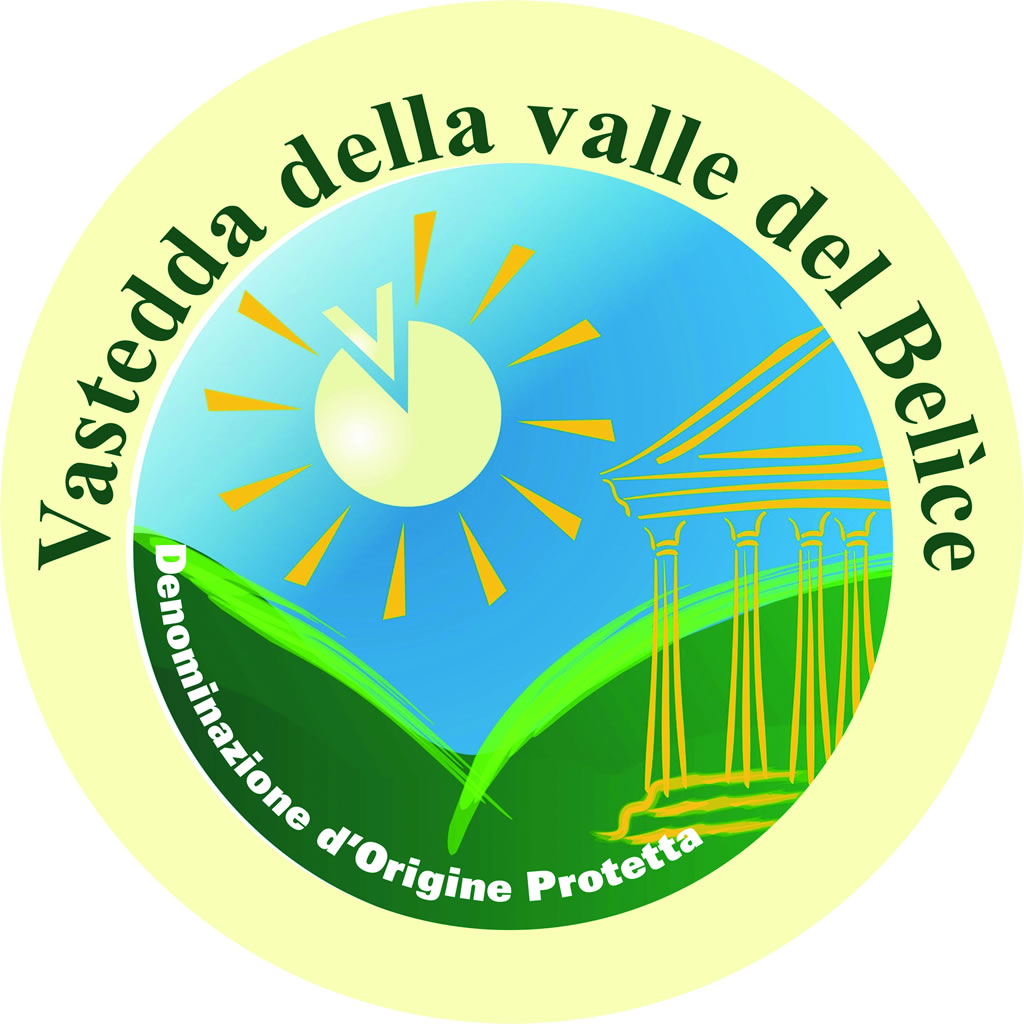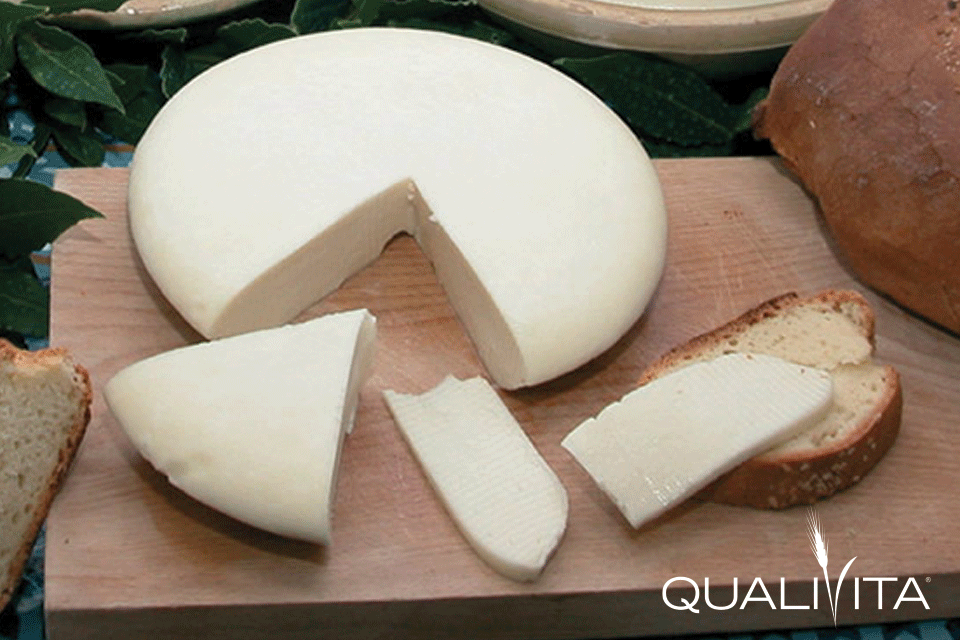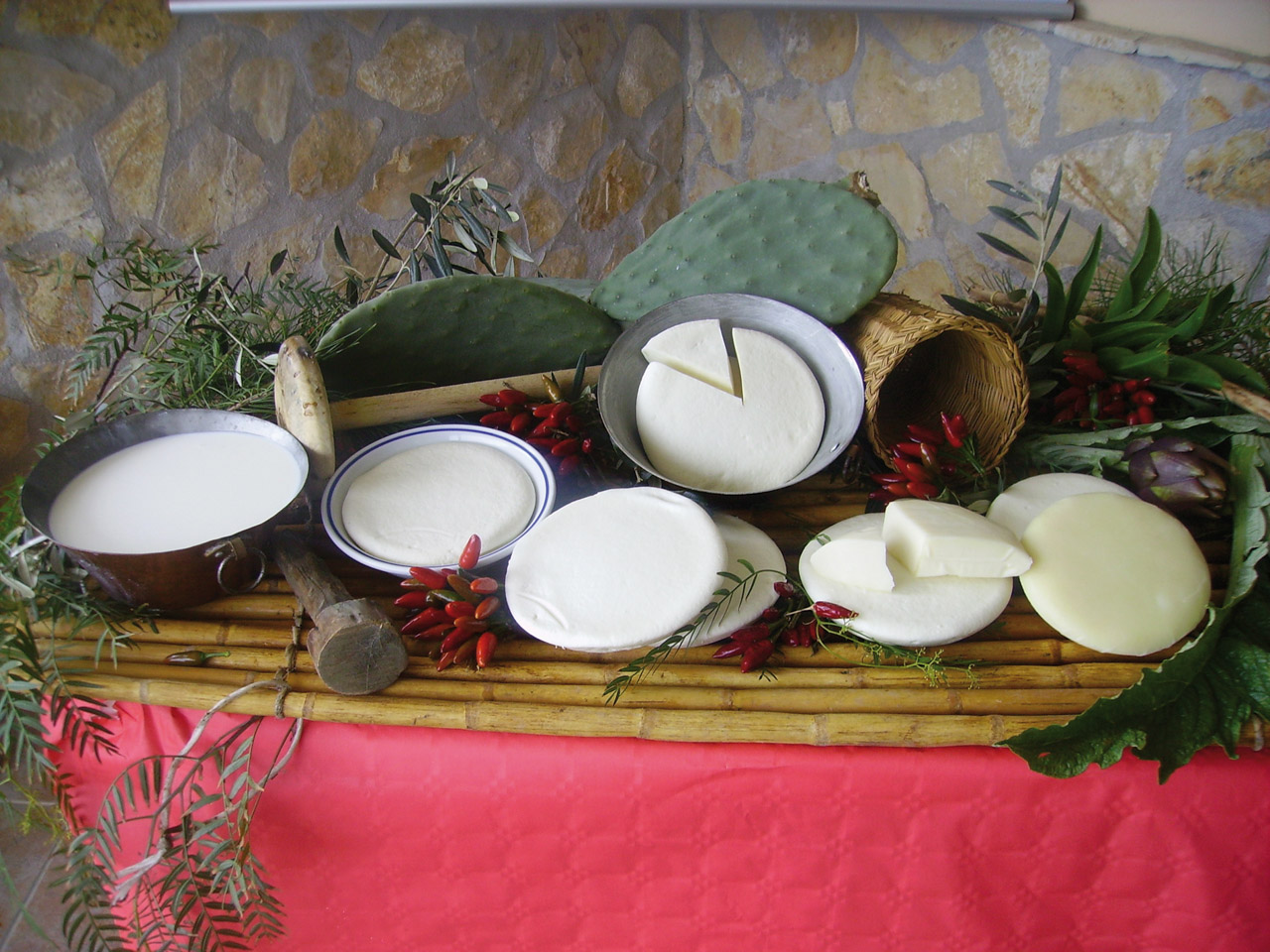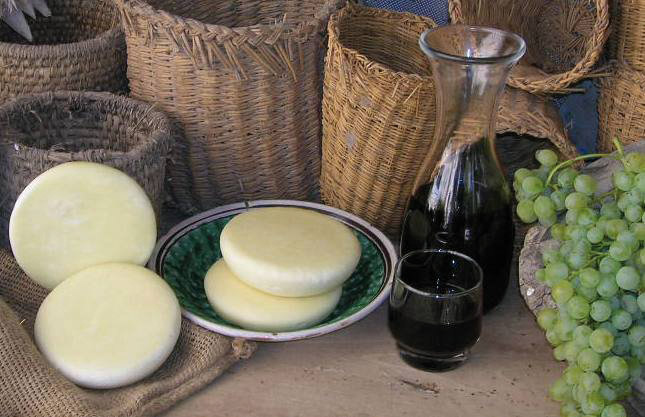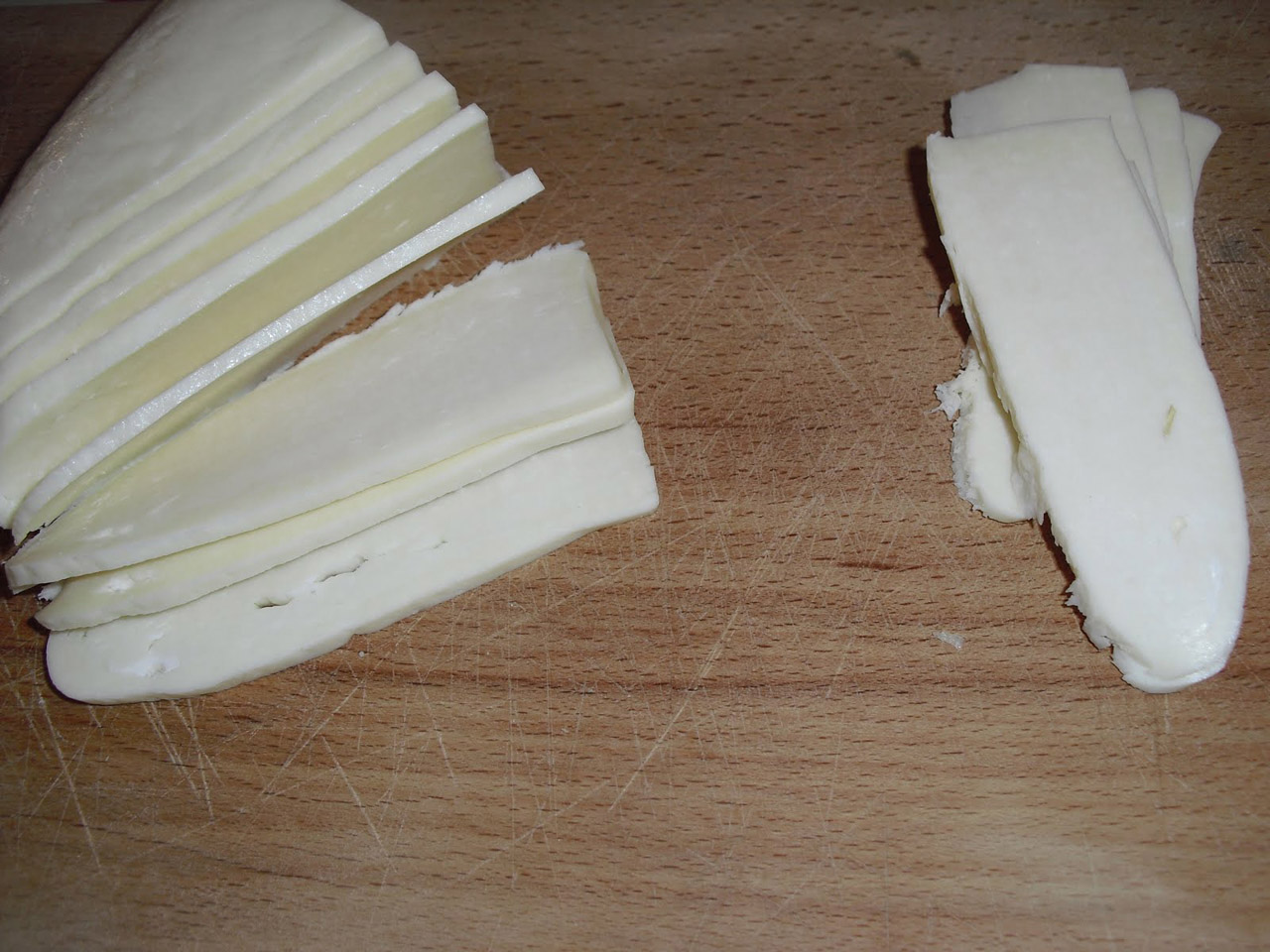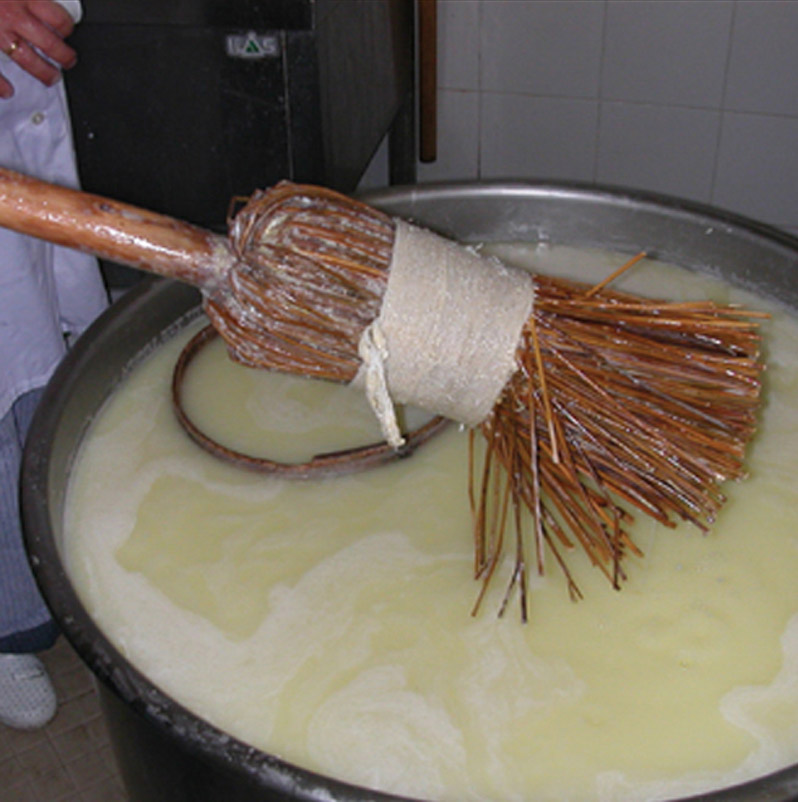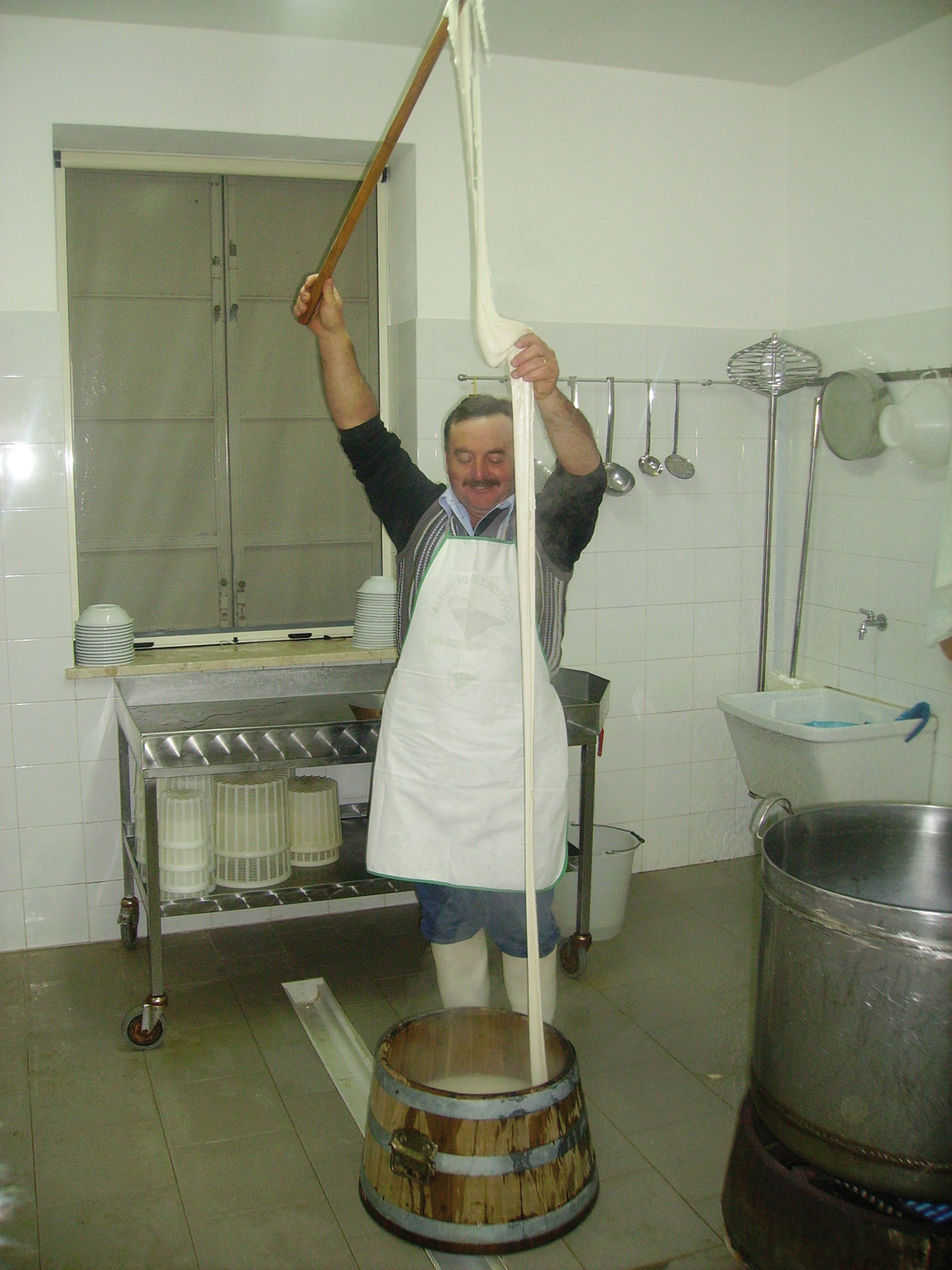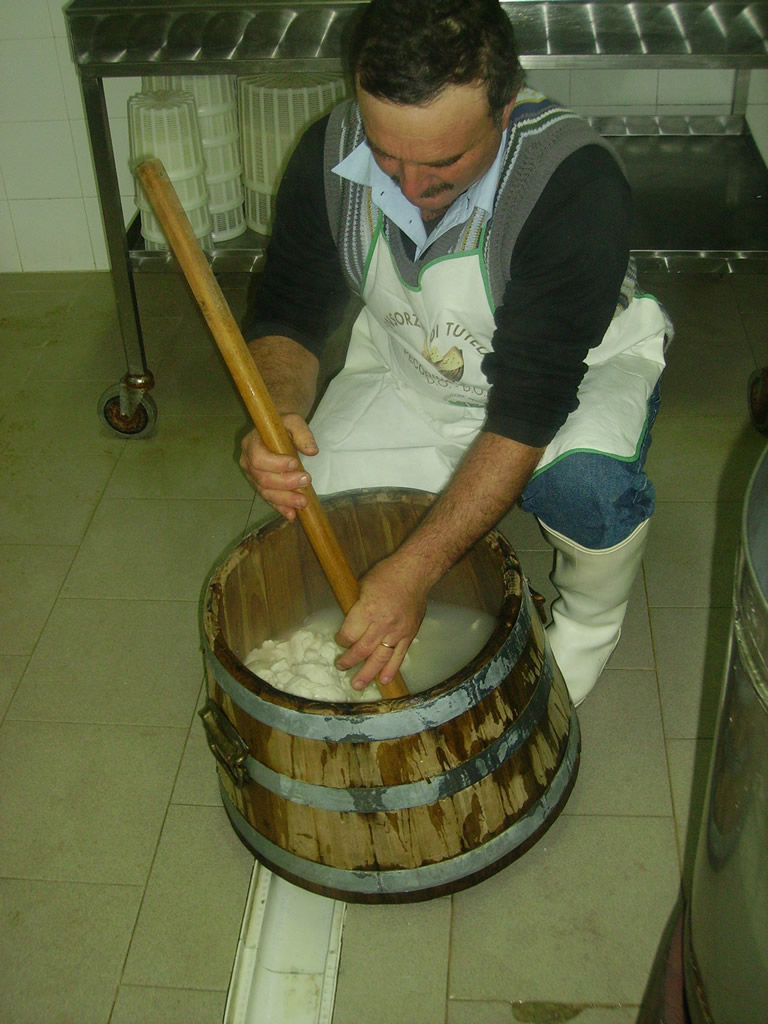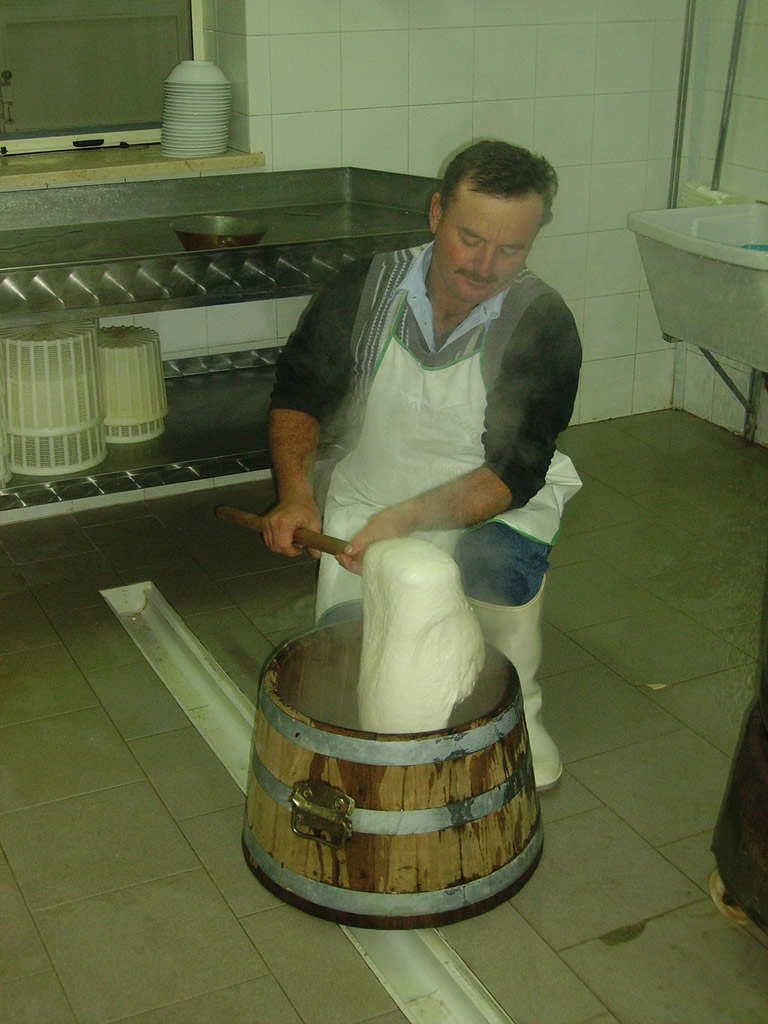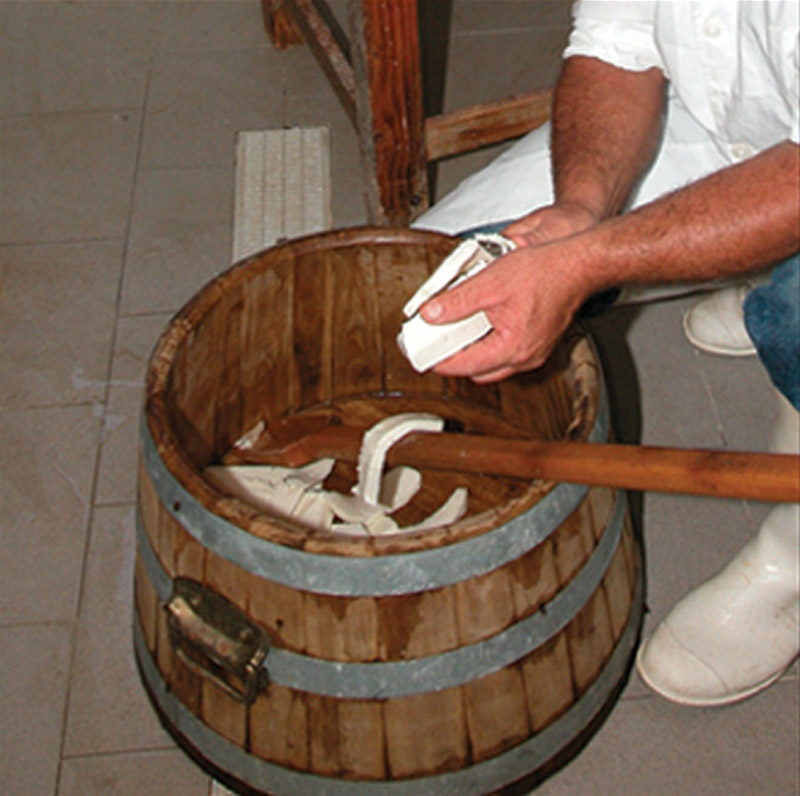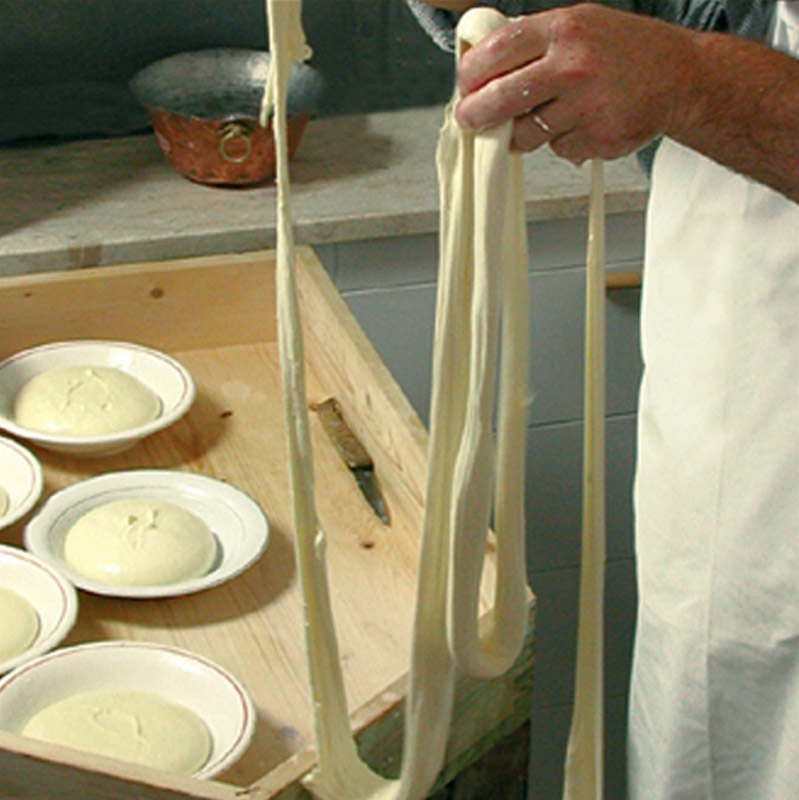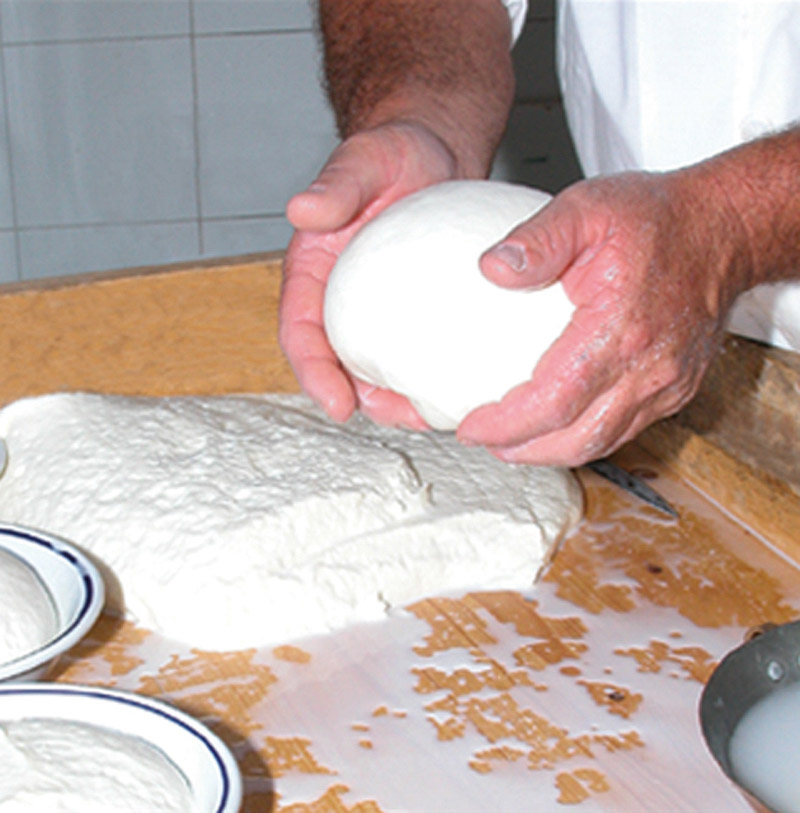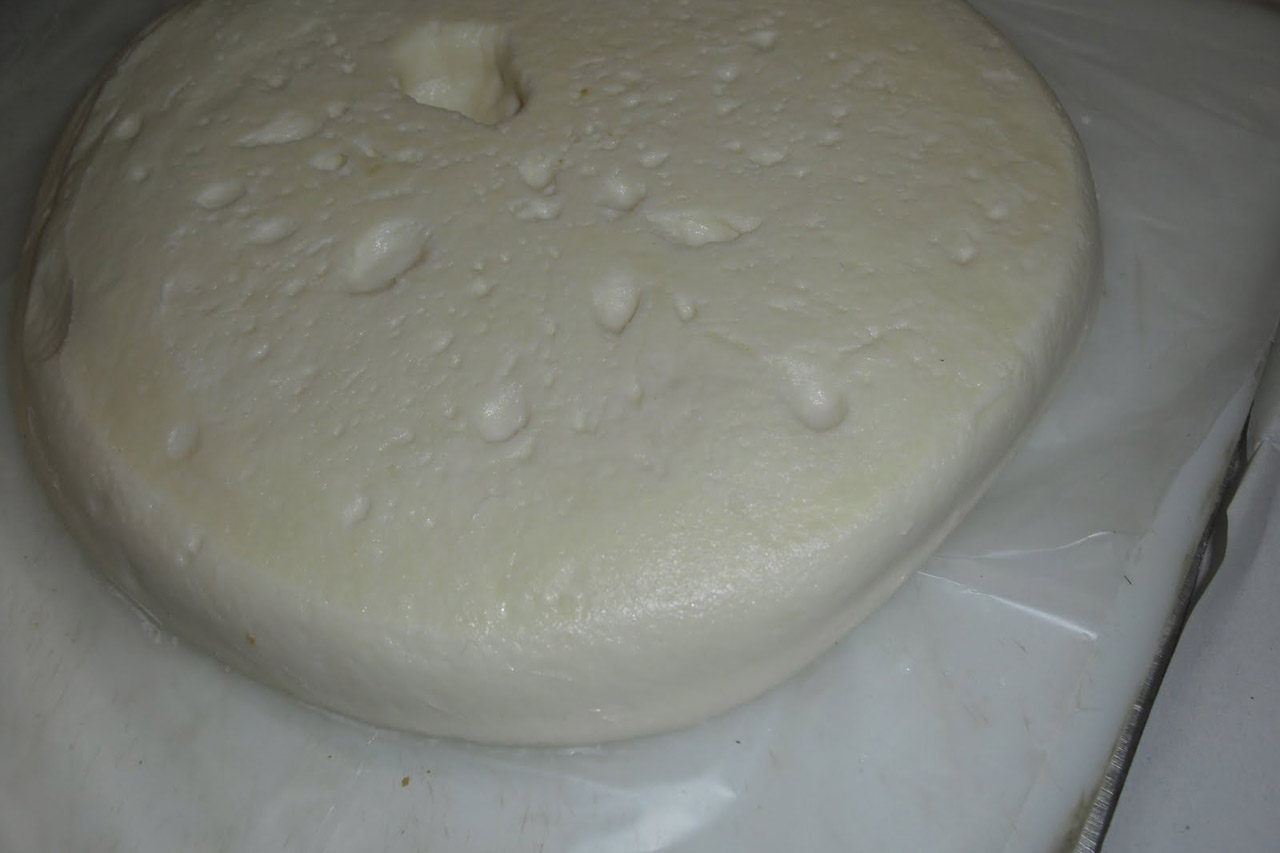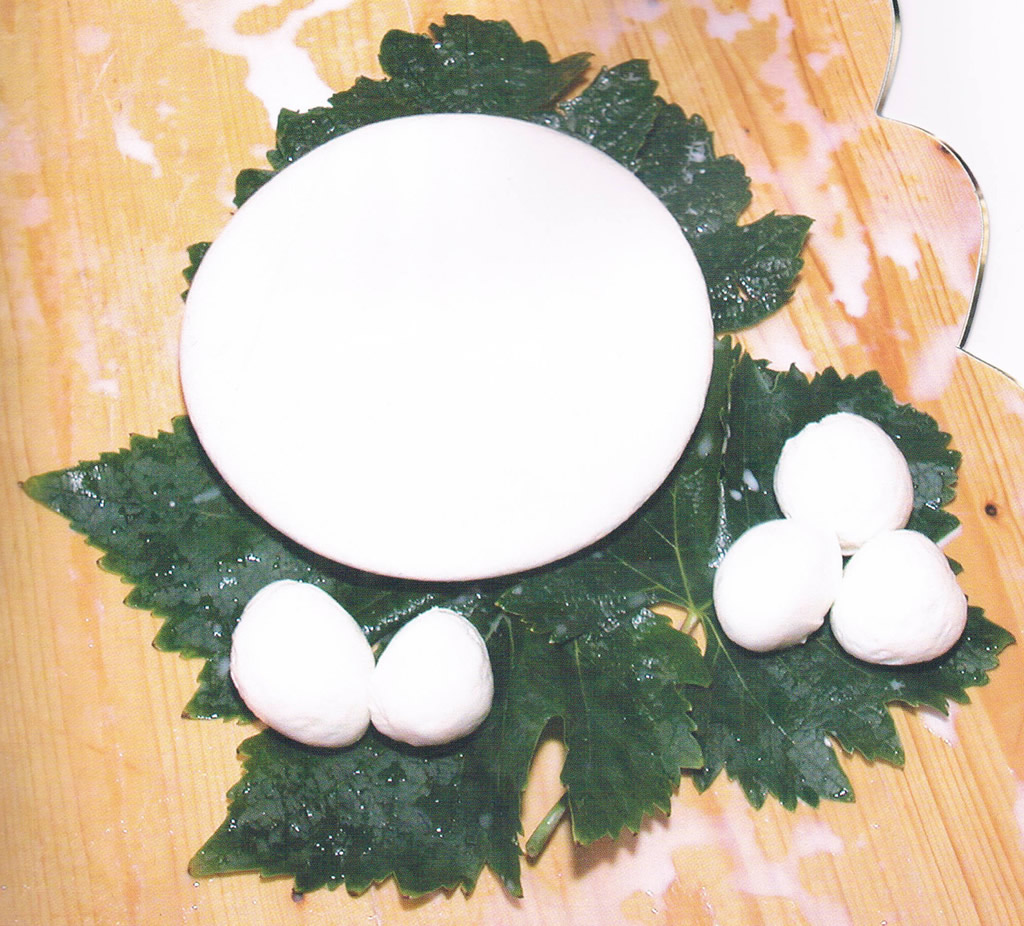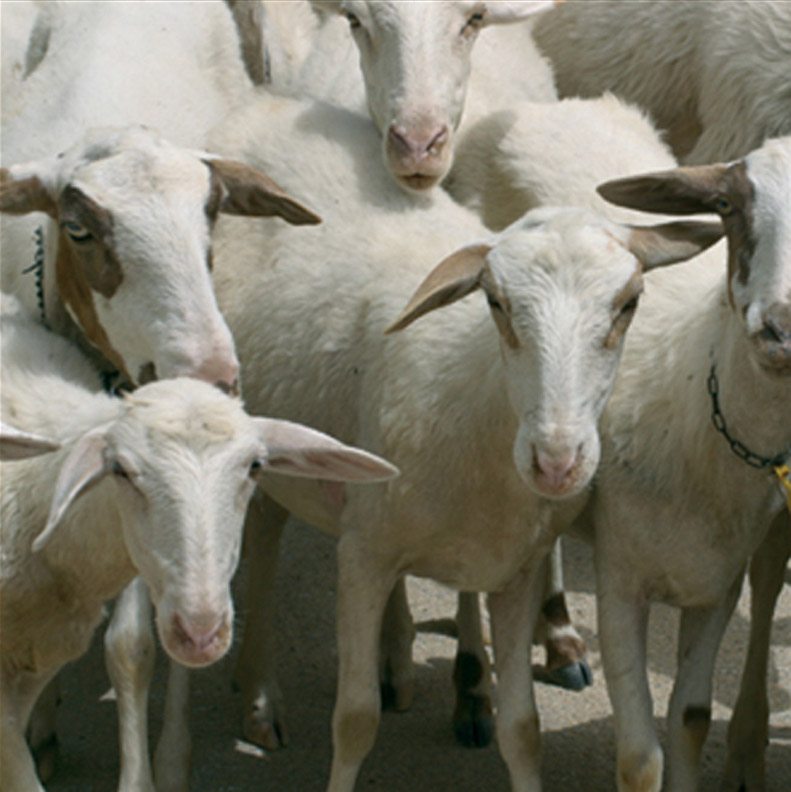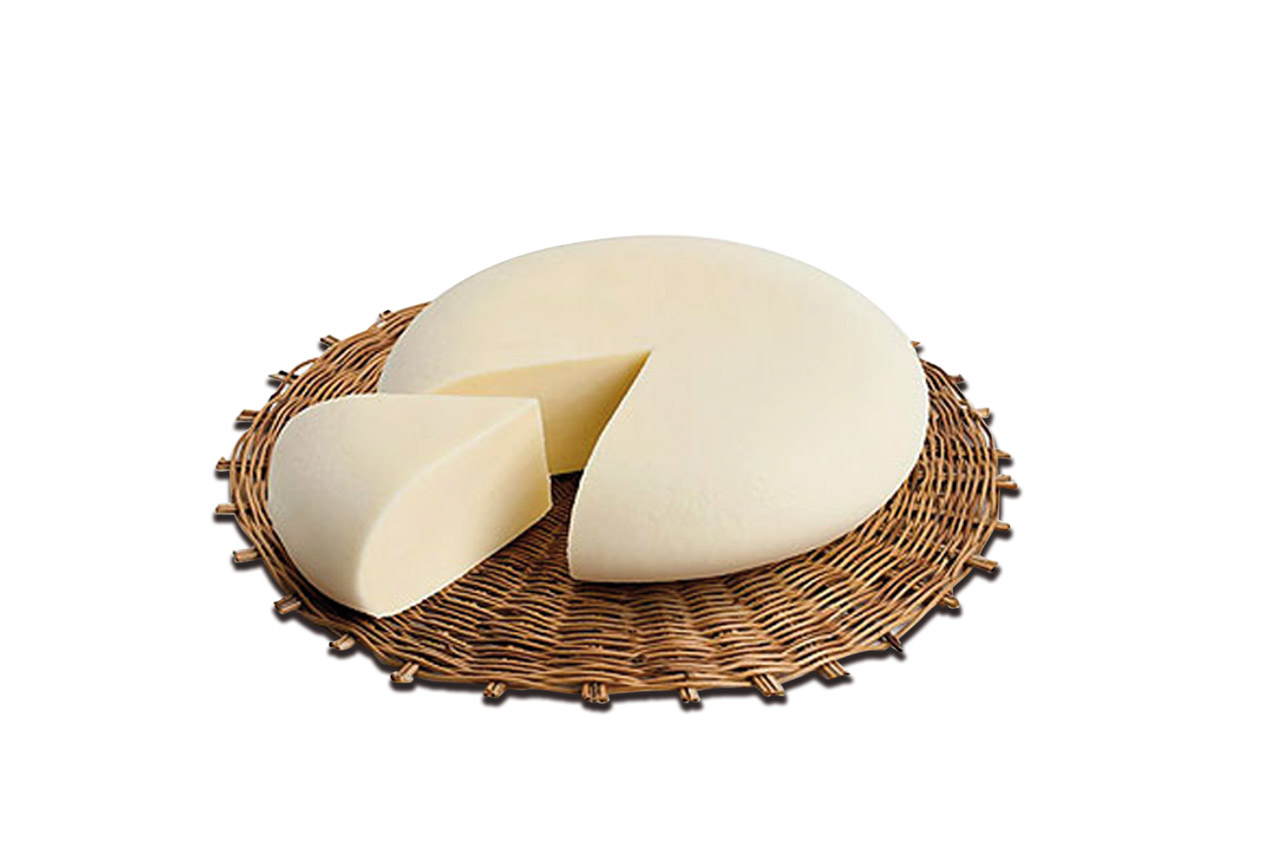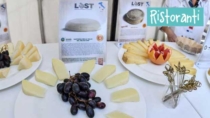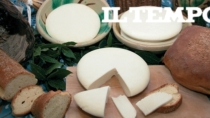Description
Vastedda della Valle del Belìce PDO is a spun paste cheese produced with raw whole sheep’s milk obtained from sheep belonging to the Valle del Belìce breed, either pasture-grazed or fed with fresh forages, hay, straw or other fresh vegetal material.
Production Area
The production area of Vastedda della Valle del Belìce PDO is within the territory of 18 municipalities in the provinces of Agrigento, Trapani and Palermo, in the Sicily region.
Production Method
The milk, which is obtained from one or two milkings, must be processed within 48 hours. It is filtered with special sieves and/or cloth filters and then heated to a maximum temperature of 40 °C in tin copper boilers and curdled with lamb rennet. The curd is broken with a “rotula”, a kind of wooden stick with a spoon-like end, until the grains are the size of a rice grain. The curd is left to rest for five minutes before being put into reed moulds, without pressing. After 24-48 hours the sour curd is cut and put into a wooden container known as a piddiaturi, where it is covered with second cheese whey or hot water (80-90 °C) for 3-7 minutes, until the mass becomes firm and can be spun. Once out of the water, the mass is divided into strings which are then folded and braided. The braids are hand-rolled into balls and put in shallow ceramic dishes, acquiring the typical shape of Vastedda cheese. The product is then cooled for 6-12 hours before the cheeses are salted in brine for 30 minutes to two hours. After 12-48 hours they are ready for consumption.
Appearance and Flavour
Vastedda della Valle del Belìce PDO cheese has a typical focaccia shape, with a diameter of 15-17 cm and a weight of 500-700 g. It is rindless and has a smooth ivory white surface; the cheese is white, not grainy and without eyes. The flavour is typical of fresh sheep’s cheese, slightly sour but not piquant.
History
The Belìce Valley boasts a long tradition in the practice of sheep rearing, above all for producing cheeses, including Vastedda. It was only produced between June to September and was often found at traditional country festivals, for example those celebrating the end of the harvest. In terms of methods and timings, cheese-making traditions have remained almost unchanged: the sheep are still raised in pastures with sheepfolds for shelter, which guarantees the good health of the animals and therefore the highest quality milk. Vastedda della Valle del Belìce PDO is still an artisan cheese today, processed by extremely skilled and competent cheese-making masters, using traditional techniques and wooden and reed utensils.
Gastronomy
Vastedda della Valle del Belìce PDO should be eaten fresh and is not suitable for ripening. A simple but tasty combination is Vastedda della Valle del Belìce PDO with a few drops of olive oil and a pinch of oregano. It is also an excellent ingredient for many pasta timbales. Vastedda della Valle del Belìce PDO is also considered a sheep’s milk mozzarella, and is used in sandwiches and pizzas. It is also worth trying it with jelly fragranced with Syracuse Lemon PGI or Bergamotto di Reggio Calabria PDO essential oil. It pairs nicely with a glass of good white Sicilian wine, perhaps Grillo or Chardonnay.
Marketing
The product is marketed as Vastedda della Valle del Belìce PDO. It is sold year-round, whole and vacuum packed.
Distinctive Features
Vastedda della Valle del Belìce PDO is one of the very few spun paste sheep’s cheeses in the world, due to the fact that it is particularly difficult to spin sheep’s milk, requiring dexterity, delicacy and meticulous care. The name Vastedda derives from the characteristic rounded shape of the cheese, which is reminiscent of the popular Sicilian bread with the same name.



